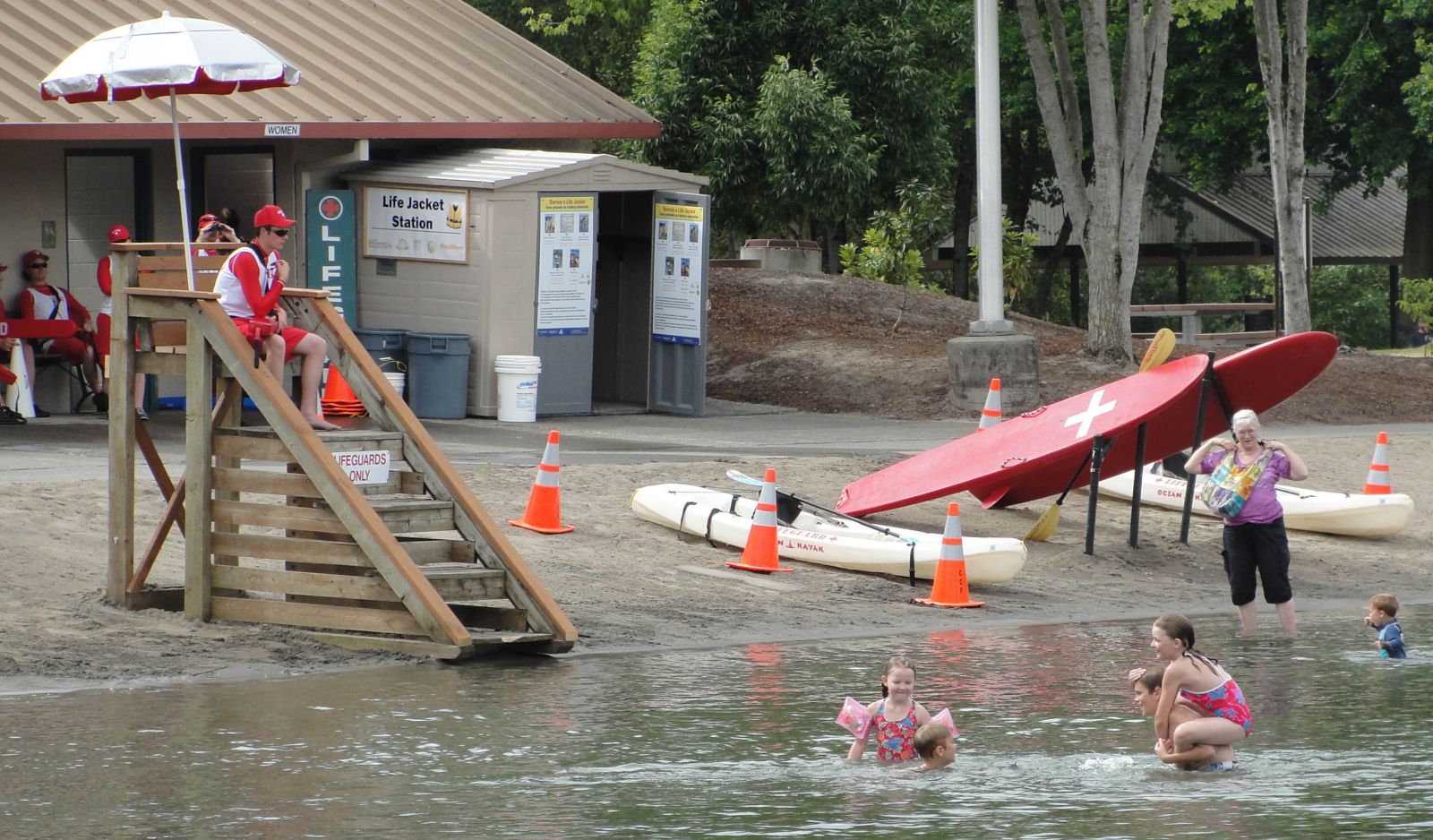Belleville Releases Annual Water Quality Report Emphasizing Sustainable Development Goals

Overview of the Water Quality Report
Belleville, NJ, has published its annual water quality update, making the latest Consumer Confidence Report available online. The report aims to inform residents about the sources and treatment of their drinking water, potential contaminants, and compliance with state and federal regulations.
Purpose and Findings
“The purpose of this report is to provide you, our customer, with information on the sources of your drinking water. This report will also describe the water treatment process and explain what potential substances may be found in drinking water. Health information and a listing of the amounts of detected substances and how they compare to the state and federal regulations are also provided.”
The township confirms that the drinking water is safe for consumption, aligning with the Sustainable Development Goal (SDG) 6: Clean Water and Sanitation, which emphasizes ensuring availability and sustainable management of water and sanitation for all.
Addressing Past Water Quality Challenges
The report acknowledges previous challenges related to monitoring schedules and excursions from optimal water quality parameters, specifically orthophosphate levels.
“In these situations, you have been notified of the violations, what the Belleville Water Department is doing to remediate these issues, as well as, what actions you should be taking as a consumer of our water. We are actively implementing improvements to our water system to provide you with a better quality of drinking water, i.e., Newark has made treatment modifications to reduce the levels of disinfection by-products; hydrant flushing and revised sampling procedures to reduce positive total coliform results; and, Newark has eliminated silica and is now utilizing zinc orthophosphate for corrosion control which coats the lead pipes and fixtures to prevent lead from corroding and leaching into our drinking water thus lowering lead levels. Finally, the Township submitted one Remedial Measures Report due to the said water quality parameter excursions.”
These efforts contribute to SDG 3: Good Health and Well-being, by reducing health risks associated with contaminated water, and SDG 9: Industry, Innovation, and Infrastructure, through the implementation of improved water treatment technologies.
Water Quality Monitoring and Transparency
- All water sampling results are accessible via the NJDEP Drinking Water Watch website.
- Residents can contact the Belleville Water Department at 973-450-3414 for further information.
These transparency measures support SDG 16: Peace, Justice, and Strong Institutions, by fostering accountable and inclusive institutions.
Source of Belleville’s Water Supply
The report details the origin and treatment of the township’s water, highlighting sustainable water management practices:
“Belleville Township purchases treated surface water from the Newark Water Department through four interconnections located on Passaic Avenue, Hilton Street, Joralemon Street, and Belleville Avenue. Newark withdraws water from the Pequannock Watershed in West Milford, New Jersey and treats it at the Pequannock Water Treatment Plant. Water quality monitoring stations are operated by the U.S. Geological Survey upstream of the Pequannock WTP intake at the Charlotteburg Reservoir and Oak Ridge Reservoir. These monitoring stations provide continuous data for important water quality parameters, and, help provide advanced warning of adverse changes in water quality. Emergency connections with another purveyor, Nutley, exist within the system.”
This integrated water resource management aligns with SDG 6 by promoting sustainable water withdrawals and protecting freshwater ecosystems.
1. Sustainable Development Goals (SDGs) Addressed or Connected
- SDG 6: Clean Water and Sanitation
- The article focuses on water quality, water treatment, and ensuring safe drinking water for Belleville residents, directly relating to SDG 6 which aims to ensure availability and sustainable management of water and sanitation for all.
- SDG 3: Good Health and Well-being
- By monitoring contaminants and ensuring safe drinking water, the article connects to SDG 3, which aims to ensure healthy lives and promote well-being, especially through reducing health risks from unsafe water.
- SDG 11: Sustainable Cities and Communities
- The municipal efforts to improve water infrastructure and maintain safe water quality contribute to making cities and human settlements inclusive, safe, resilient, and sustainable.
2. Specific Targets Under Those SDGs Identified
- SDG 6 Targets
- 6.1: Achieve universal and equitable access to safe and affordable drinking water for all.
- 6.3: Improve water quality by reducing pollution, minimizing release of hazardous chemicals and materials, and substantially increasing water recycling and safe reuse.
- 6.b: Support and strengthen the participation of local communities in improving water and sanitation management.
- SDG 3 Targets
- 3.9: Substantially reduce the number of deaths and illnesses from hazardous chemicals and air, water and soil pollution and contamination.
- SDG 11 Targets
- 11.6: Reduce the adverse per capita environmental impact of cities, including by paying special attention to air quality and municipal and other waste management.
3. Indicators Mentioned or Implied to Measure Progress
- Water Quality Parameters
- Monitoring levels of contaminants such as orthophosphate, total coliform, lead, disinfection by-products, silica, and zinc orthophosphate usage for corrosion control.
- Compliance with State and Federal Regulations
- Comparison of detected substance levels against regulatory standards to ensure water safety.
- Consumer Confidence Reports
- Annual reporting on water quality status and remediation efforts as a transparency and accountability measure.
- Water Sampling Results
- Data available on NJDEP Drinking Water Watch website indicating continuous monitoring and public access to water quality data.
4. Table of SDGs, Targets, and Indicators
| SDGs | Targets | Indicators |
|---|---|---|
| SDG 6: Clean Water and Sanitation |
|
|
| SDG 3: Good Health and Well-being |
|
|
| SDG 11: Sustainable Cities and Communities |
|
|
Source: patch.com







